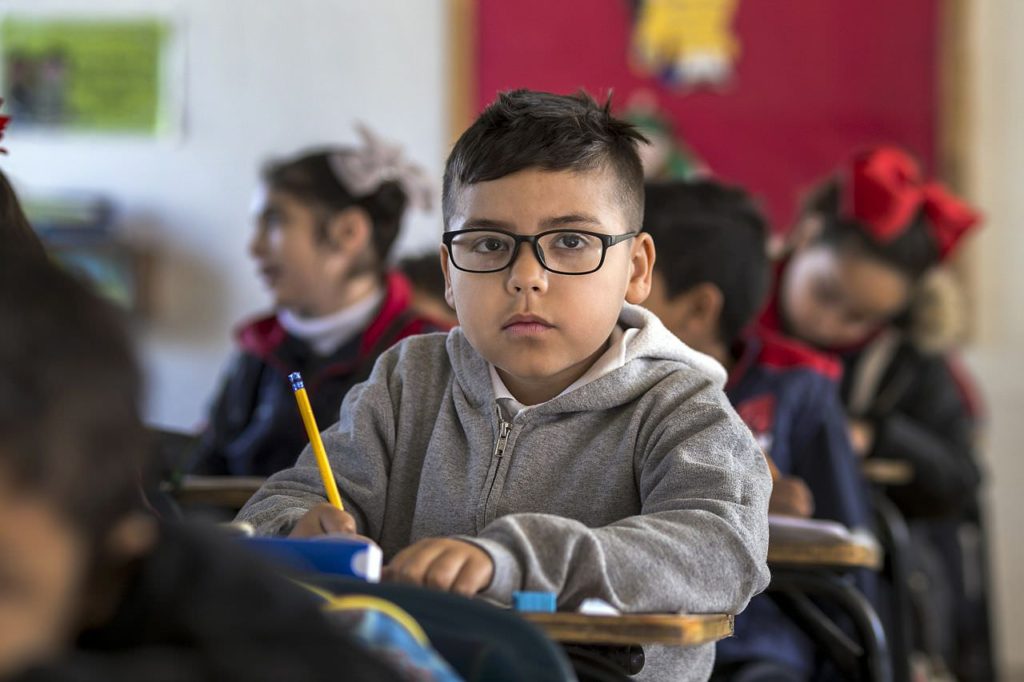
The last 55 years has drastically changed the educational landscape for American children with disabilities. In 1975, one million were excluded from the public school system and, by 2018, almost seven million received special education services.
For centuries, children with disabilities were considered unteachable and not worth educating. For example, children with dwarfism were often hidden at home or destined for display as freaks or entertainment in the circus. Schools were not required to make accommodations and many children were sent to special schools that offered a separate and unequal education.
Want to subscribe to receive blog updates sign up today!
So what accounts for the drastic change? The answer points squarely to the passage of the Education for All Handicapped Children Act on December 2, 1975 (later renamed the Individuals with Disabilities Education Act, IDEA). The law passed because the federal government decided it was in the national interest to help States and localities provide programs to meet the educational needs of children with disabilities. IDEA mandated that children with disabilities receive a free and appropriate public education in the least restrictive environment.
So with December 2nd now designated as #SpecialEducationDay, the focus is on IDEA’s implementation. It’s one thing to get a law passed, it’s quite another for it to be followed. As a former special education advocate, I attended hundreds of Individual Education Plan (IEP) meetings to resolve IDEA’s hot button issues on student eligibility, placement, accommodations, services, and fidelity.
In determining whether a student is eligible for special education services, parents and school personnel often disagree. Psychological and/or neurological evaluations are needed to resolve the dispute. Once eligibility is settled, an annual IEP is written to document the student’s free and appropriate public education. Measurable goals and objectives are included to ensure the student makes meaningful progress. The IEP also contains needed services, placement, and accommodations.
Placement is an individualized assessment based on the needs of each student. It is by far the most contentious IEP issue as it wrestles with the mandate that students be educated in the least restrictive environment. IEP teams decide what percentage of the day a student will be educated in a regular classroom, a separate special education classroom, a combination of the two, a separate school for children with disabilities, virtual school, or hospital homebound.
Inclusion in regular classes is IDEA’s default position and a student will only be segregated from their peers when the special education services are more appropriate in another setting. School district budgets and resource allocations are not supposed to be part of the equation. But sadly, students are often relegated to separate classes or schools because funds are not available to support the student’s needs in the regular classroom or neighborhood school.
Although a lot of progress has been made since 1975, there is a long way to go before students with disabilities are assured equal protection under the law. Advocacy is needed to secure adequate funding for special education. Vigilance is vital to ensure children with disabilities are identified early and receive equal education opportunities. For more of my writings go to https://angelamuirvanetten.com where you can subscribe to my weekly blog and find several retail links to Pass Me Your Shoes: A Couple with Dwarfism Navigate Life’s Detours with Love and Faith.

One reply on “From Minus one Million to Plus Seven Million”
Thanks for sharing such helpful background and info on IEPs.